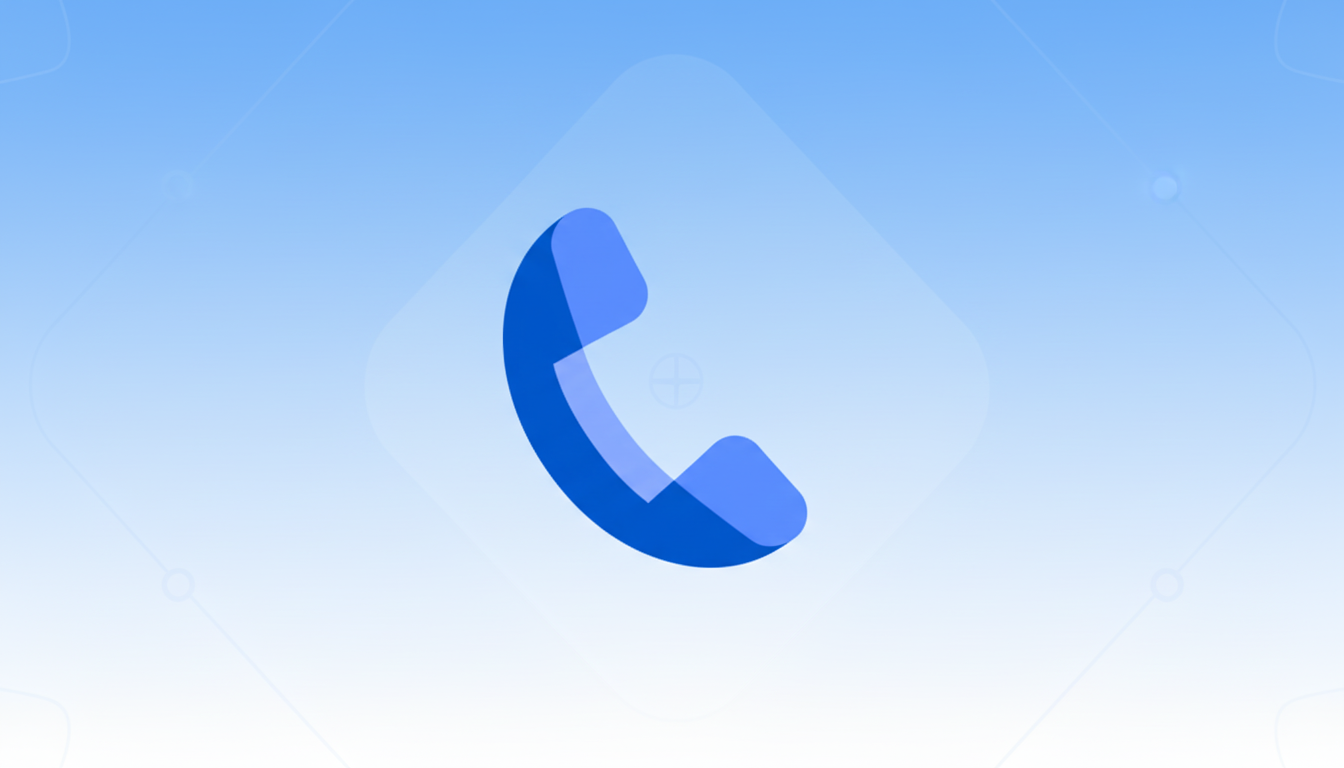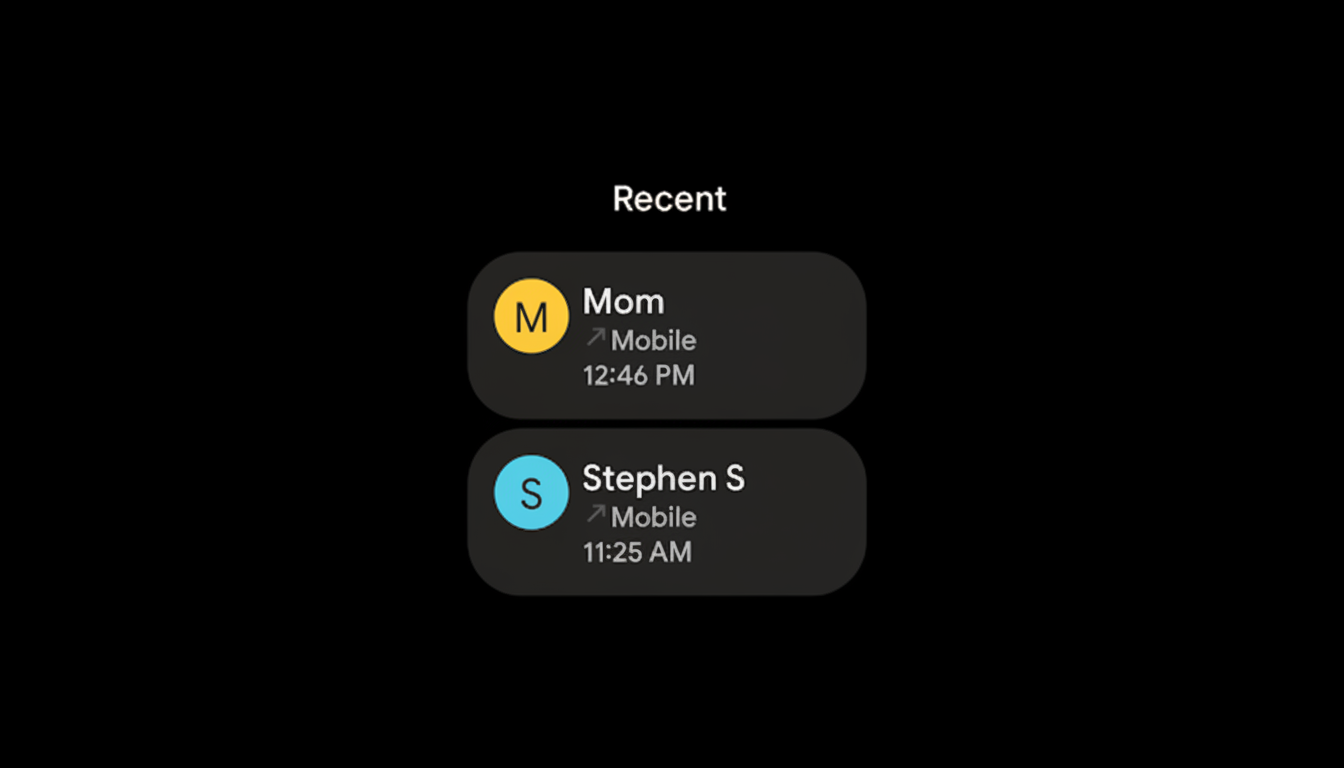Google seems to be working on a big update to Android’s Calling Cards, with a new “My calling card” listing appearing in a recent beta of the Phone by Google app.
The addition suggests that users will soon be able to manage how their identity card is shown on other people’s devices when they call — a crucial feature gap with Apple’s Contact Posters.

Calling Cards arrived earlier in the year to let Android users customize stylish incoming call screens for contacts with photos, colors, and text. The kicker, though, was that the customization existed only on your phone. You were allowed to design how you see others, but not how others see you. The new screen suggests that Google may be preparing to reverse that dynamic and turn caller identity into a two-way experience.
What the new ‘My calling card’ setup screen reveals
Testers have noticed a “My calling card” entry in the 197.0.821392025-publicbeta-pixel release of the Phone by Google app with a “Create” button to enable it. Although the button doesn’t seem to do anything at this time, the label and position hint at a setup flow similar to what happens with the current Calling Card editor — most likely featuring imagery, typography, and color controls when you consider Google’s recent focus on adding more font fine-tuning tools.
Important questions remain. What is the right process if someone has already altered your card locally on their own phone — their design or yours? Is there going to be a default and an option to override for each or per contact? Oh, and just how will this card sync across devices associated with your Google account? The current beta doesn’t answer those, but the fact there’s a dedicated space makes it clear that Google is laying down the pipes.
Why it matters for caller identity, trust, and clarity
Empowering callers with control over their visual identity affects more than looks. It could cut down hesitation about answering and build trust, especially for professional or small business voice calls. In a time when the FCC counts surprise calls among top complaints from consumers, caller ID is a discreet-but-effective social signal for the recipient.
Apple’s iOS 17 Contact Posters highlighted the draw of caller customization, but it was Android’s to have a wider breadth. Android runs on about 70 percent of the world’s smartphones, according to market trackers like Counterpoint Research. If Google makes out-of-the-box caller ID design a standard across that footprint, it could even establish a de facto norm for personal branding on calls — from telehealth check-ins and school communications to creator outreach and service appointments.
How Google could roll this out across Android
There are several possible paths for delivery. For Google-to-Google interactions, the card would likely live in your personal Google account profile (akin to how profile photos and names sync across services), and assets could be shared through Google Contacts, and possibly Play services. That way, Material You–style cards would look consistent across devices and themes, using sensible fallbacks when fonts or colors weren’t supported.

On systems that use Rich Communication Services, Google could piggyback metadata related to the caller’s identity — akin to how profiles and display names can appear in RCS chats.
This could potentially standardize through Google’s Jibe platform, the base of many carriers’ RCS deployments, for compatible devices. For normal cellular calls, the feature would probably be app-specific for now: the Phone by Google app would pull your card down and cache it if both parties are using compatible software — falling back to standard caller ID otherwise.
Privacy controls will be essential. Look for options like “show to contacts only,” visibility tiers for business versus personal calls, and easy revocation. Google will also require clear guardrails so it doesn’t inadvertently lift the fortunes of mystery or spam callers — say, by mandating verified numbers or cards tied to legitimate Google accounts and business profiles.
Fragmentation and rollout realities across Android
One practical hurdle is the diversity of ecosystems. There’s also the fact that plenty of brands use their own dialer app, and not all territories default to the Phone by Google app. So early support will probably focus on Pixels and Android devices already using Google’s dialer and Contacts stack, whereas wider adoption would depend on partnerships or APIs that other dialer makers can integrate.
Just like previous features, activation may be a combination of app updates and server-side flags. Google usually gates new UI flows behind feature flags until they’re ready for broader availability, and it sometimes aligns visible launches with platform updates or Feature Drops. Look for signs like a guided onboarding flow, per-contact override settings, and a visibility selector that explains who can see your card.
The bottom line on Google’s evolving calling cards
That “My calling card” has been found in the Phone by Google beta suggests that Android users will have a hand in determining how they are presented whenever they call someone. It fills a long-standing gap with iOS, it’s responsive to real-world issues of trust and branding, and if done right — with smart but limiting defaults and privacy prompts — could make answering the phone feel modern again. And now it is a matter of when, not if, Google flips the switch.

